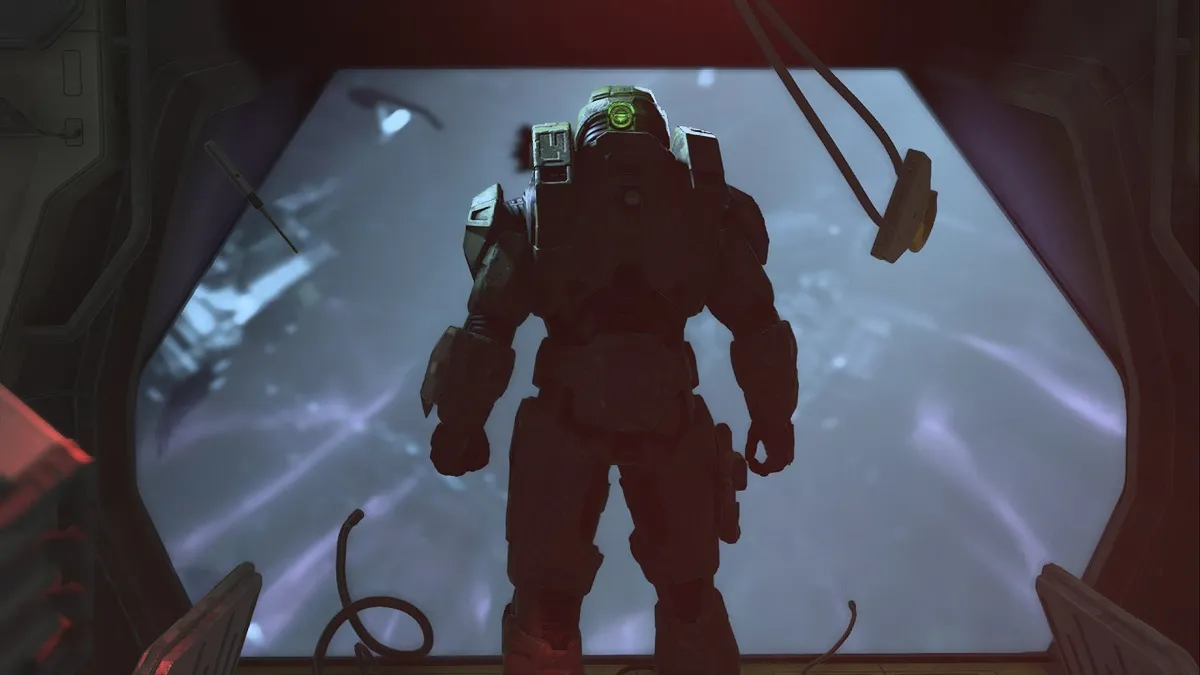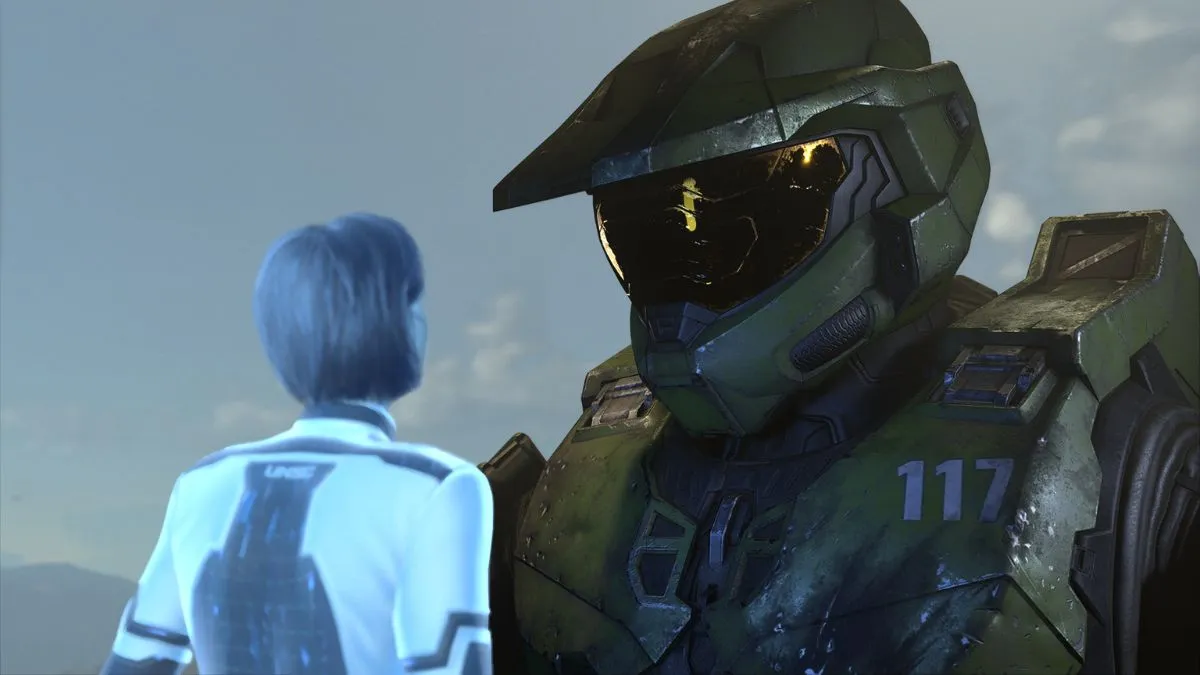After a year-long delay, the Halo Infinite campaign is almost in the hands of consumers. The extra development time was used to polish Infinite and improve aspects of its rendering such as materials and overall lighting. In an odd state of affairs, however, Halo Infinite doesn’t appear to properly support the Xbox Series X/S’ widely-adopted variable refresh rate (VRR) feature.
With the embargo lifted, Digital Foundry published its technical analysis of the Halo Infinite campaign. While the launch build is refined over the much-maligned gameplay reveal, the final build still exhibits many technical quirks. The lack of variable refresh rate support ranks among the more glaring issues. According to Digital Foundry, despite the television display noting that VRR is active, the game doesn’t actually seem to make use of it. The same amount of screen judder remains whether VRR is turned on or off. This impacts the performance mode more so than the quality mode, which sticks to its framerate target much more consistently.
This is an odd omission coming from a first-party studio considering it is a system-level feature that has been available since day one. Most third-party games, including Devil May Cry 5 and the Call of Duty games, make use of it.
VRR is a display technology that aids the fluidity of inconsistent framerates. When a game’s framerate doesn’t divide evenly into a display’s refresh rate, VRR refreshes the screen immediately rather than waiting for the next refresh cycle. This leads to a more responsive gameplay experience. The judder users sometimes notice from games targeting 60 or 120 frames per second usually comes more from the mismatch between the framerate and the display’s refresh rate rather than the number the game is rendering at any given time.







Published: Dec 6, 2021 02:42 pm